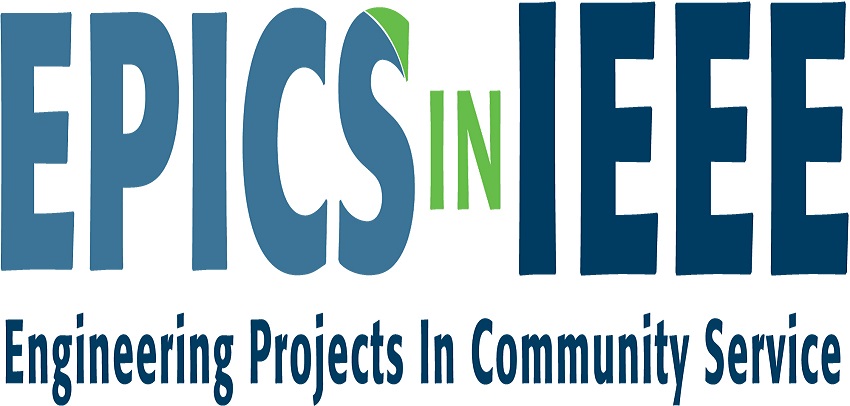
Engineering students look to collect data in a California’s Guadalupe River to help endangered fish
During the past decade, human activity along the Guadalupe River in San Jose, Calif., has increased, causing the river to become more polluted and overfished. As a result, the Chinook salmon and steelhead trout there have become endangered.
Due to the high levels pollution and being a protected creek, it is unsafe and illegal to enter into the Guadalupe River, thus researchers have been prevented from collecting data about water conditions and fish populations. So students at San Jose State University are designing, building, and testing an underwater drone that can do the job. Information gleaned by the drone could help the students identify and monitor fish populations and inform restoration plans.
The student’s Underwater Drone Project is affiliated with the Engineering Projects in Community Service (EPICS) in IEEE. Funded by the IEEE Foundation, EPICS in IEEE empowers students to apply technical knowledge solutions for local communities organizations.
IMAGE RECOGNITION
The drone is being designed to take high-resolution photographs and video footage, which operators could see in real time. The drone’s image-recognition software will sort through the media files to determine the location of endangered fish, the students say. The images also could be used to gauge water quality and to better understand which fish thrive in certain conditions.
Only one or two of the endangered fish have been seen in the past few years, according to IEEE student member Hong Joon Chew, the project’s software lead on the EPICS in IEEE team at San Jose State.
The students have partnered with the South Bay Clean Creeks Coalition, a nonprofit dedicated to restoring and revitalizing creeks and rivers in the Santa Clara Valley. The organization plans to take data collected from the drone to government officials and request funding to clean up the river.
Data from the drone also will inform South Bay’s restoration plans, Chew says, allowing the fish population to increase in a safe, sufficient way.
PARTNERING WITH BIG FISH
The students also paired up with employees from Nvidia, a technology company in Santa Clara, who provided training on image recognition and object detection software and also helped with the drone’s design.
IBM got involved in the project by asking its employees to mentor the students as well as providing funding for the project’s next phase. Scheduled to begin next year, Phase 2 includes incorporating an underwater microscope on the drone, built by IBM Research, to monitor the plankton in the creeks.
The underwater drone is a legacy project, meaning that each year new students will continue to work on it.


Social Media